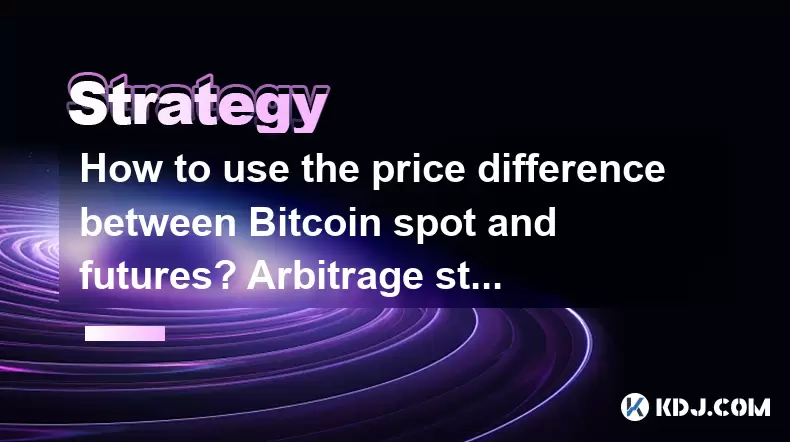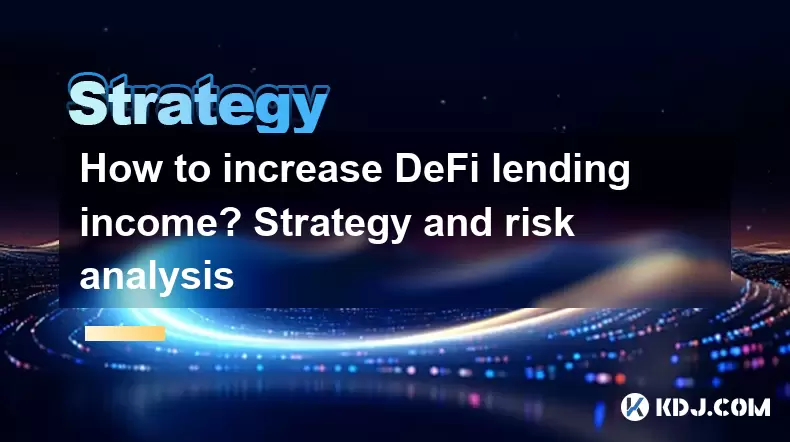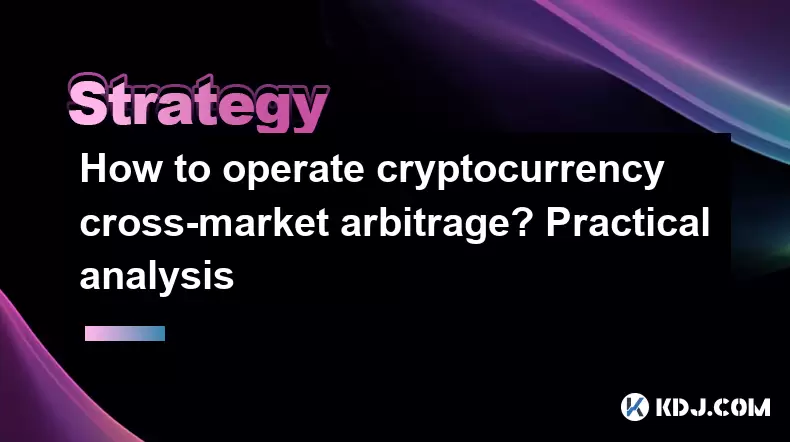-
 Bitcoin
Bitcoin $106,782.3966
-0.72% -
 Ethereum
Ethereum $2,406.7764
-1.16% -
 Tether USDt
Tether USDt $1.0005
0.02% -
 XRP
XRP $2.0918
-1.53% -
 BNB
BNB $644.5785
-0.17% -
 Solana
Solana $141.0925
-0.69% -
 USDC
USDC $1.0000
0.02% -
 TRON
TRON $0.2721
0.18% -
 Dogecoin
Dogecoin $0.1585
-1.26% -
 Cardano
Cardano $0.5497
-1.14% -
 Hyperliquid
Hyperliquid $35.8493
-1.58% -
 Bitcoin Cash
Bitcoin Cash $502.3089
2.20% -
 Sui
Sui $2.7092
3.87% -
 Chainlink
Chainlink $12.8551
-1.85% -
 UNUS SED LEO
UNUS SED LEO $9.0548
0.53% -
 Stellar
Stellar $0.2344
-0.85% -
 Avalanche
Avalanche $17.2676
-0.23% -
 Toncoin
Toncoin $2.8282
0.56% -
 Shiba Inu
Shiba Inu $0.0...01113
-1.14% -
 Litecoin
Litecoin $83.9593
-0.93% -
 Hedera
Hedera $0.1447
0.82% -
 Monero
Monero $306.9022
-2.07% -
 Bitget Token
Bitget Token $4.6358
3.42% -
 Dai
Dai $0.9999
0.01% -
 Ethena USDe
Ethena USDe $1.0001
0.02% -
 Polkadot
Polkadot $3.3211
0.06% -
 Uniswap
Uniswap $6.8775
0.75% -
 Pi
Pi $0.5664
-0.27% -
 Aave
Aave $256.0055
1.28% -
 Pepe
Pepe $0.0...09013
-3.24%
Short-term currency speculation methods and techniques
Scalping involves making rapid trades to capitalize on minor price movements, often using technical indicators like moving averages and candlestick patterns.
Jan 10, 2025 at 04:46 pm

Short-Term Currency Speculation Methods and Techniques
Key Points:
- Understand the risks and rewards of short-term currency speculation.
- Develop a trading strategy tailored to your risk tolerance and time horizon.
- Utilize technical and fundamental analysis to identify trading opportunities.
- Manage your risk through proper position sizing and stop-loss orders.
- Stay informed about market news and events that can impact currency prices.
Methods and Techniques:
Scalping:
Scalping involves making multiple small trades throughout the day, aiming to profit from minor price movements. Scalpers typically use rapid order execution and high leverage to maximize their profits. They hold positions for seconds or minutes, often utilizing technical indicators such as moving averages and candlestick patterns to identify trade entries and exits.
Day Trading:
Day traders buy and sell currencies within the same trading day, closing all open positions before the end of the session. They analyze short-term price trends and market sentiment to identify trading opportunities. Day trading requires a high level of market awareness and quick decision-making. Traders may utilize technical analysis tools such as Bollinger Bands and volume indicators to assess market momentum.
Swing Trading:
Swing trading involves holding positions for several days or weeks, aiming to capture short-term price swings. Swing traders focus on identifying emerging trends and support/resistance levels. They may use technical indicators such as Fibonacci retracements and trend lines to identify potential turning points in the market.
Carry Trading:
Carry trading involves borrowing a currency with a low interest rate and investing in a currency with a higher interest rate. The profit is derived from the interest rate differential between the two currencies. Carry traders often hedge their risk by entering into forward contracts or using counterbalancing currencies.
High-Frequency Trading (HFT):
HFT involves using sophisticated algorithms and high-speed trading platforms to execute numerous trades within milliseconds. HFT traders rely on market imbalances and arbitrage opportunities to generate profits. They employ complex mathematical models and large computational power to analyze market data and identify trading opportunities.
Technical Analysis:
Technical analysis involves studying historical price data to identify patterns and trends that can indicate future price movements. Technical traders utilize a wide range of indicators and charting techniques to assess market sentiment and identify trade opportunities. Some common technical indicators include moving averages, Bollinger Bands, and relative strength index (RSI).
Fundamental Analysis:
Fundamental analysis focuses on economic factors, financial data, and geopolitical events that can impact currency prices. Fundamental traders analyze monetary policy, economic growth, inflation, and political stability to assess the intrinsic value of a currency. They often utilize news sources, financial reports, and economic indicators to inform their trading decisions.
Managing Risk:
- Proper Position Sizing: Determine the appropriate amount to invest in each trade based on your risk tolerance and account balance.
- Stop-Loss Orders: Place stop-loss orders to limit your losses if the market moves against you.
- Diversification: Spread your investments across multiple currencies to reduce your exposure to any single currency pair.
FAQs:
Q: What are the risks involved in short-term currency speculation?
A: Short-term currency speculation carries risks such as volatility, leverage, and the potential for significant losses.
Q: What are the best currency pairs for short-term trading?
A: Popular currency pairs for short-term trading include EUR/USD, USD/JPY, GBP/USD, and AUD/USD.
Q: How can I determine the best trading strategy for me?
A: Consider your risk tolerance, time horizon, and trading style to develop a strategy that aligns with your goals.
Q: What resources are available to help me learn about short-term currency speculation?
A: There are numerous books, online courses, and trading platforms that provide information and tools for traders of all levels.
Q: What are some common mistakes made by short-term currency speculators?
A: Common mistakes include trading without a strategy, overleveraging, and failing to manage risk effectively.
Disclaimer:info@kdj.com
The information provided is not trading advice. kdj.com does not assume any responsibility for any investments made based on the information provided in this article. Cryptocurrencies are highly volatile and it is highly recommended that you invest with caution after thorough research!
If you believe that the content used on this website infringes your copyright, please contact us immediately (info@kdj.com) and we will delete it promptly.
- Bitcoin, Stablecoins, and Treasuries: A New Era of Digital Finance
- 2025-06-28 04:50:12
- Sei Price Surges with Double-Digit Gains: What's the Key Level?
- 2025-06-28 05:30:12
- GoMining: Gamified NFTs and the Future of Bitcoin Mining
- 2025-06-28 04:30:12
- Shiba Inu Price Forecast: Will the SHIB Surge Continue?
- 2025-06-28 05:30:12
- Prediction Markets, USDC Flows, and Stablecoin Utility: A New Era?
- 2025-06-28 05:30:12
- Hasbulla, Meme Coins, and Rug Pulls: A New York Minute on Crypto Chaos
- 2025-06-28 05:35:13
Related knowledge

What are the skills of Bitcoin option hedging? Practical case sharing
Jun 24,2025 at 04:01pm
Understanding Bitcoin Option HedgingBitcoin option hedging is a risk management strategy used by traders and investors to protect their positions in the volatile cryptocurrency market. By using options, individuals can limit potential losses while retaining the opportunity for profit. In essence, it allows one to insulate against adverse price movements...

How to use the price difference between Bitcoin spot and futures? Arbitrage strategy
Jun 20,2025 at 02:56pm
Understanding Bitcoin Spot and Futures MarketsTo effectively leverage arbitrage opportunities between Bitcoin spot and futures markets, it's essential to understand the fundamental differences between these two types of markets. The spot market refers to the direct buying and selling of Bitcoin for immediate delivery at the current market price. In cont...

How to increase DeFi lending income? Strategy and risk analysis
Jun 24,2025 at 02:08pm
Understanding DeFi Lending and Its Income PotentialDeFi (Decentralized Finance) lending has emerged as a popular way to earn passive income in the cryptocurrency space. Unlike traditional banking systems, DeFi lending platforms allow users to lend their crypto assets directly to borrowers without intermediaries. The lenders earn interest based on the su...

How to operate cryptocurrency cross-market arbitrage? Practical analysis
Jun 23,2025 at 04:01am
Understanding Cryptocurrency Cross-Market ArbitrageCryptocurrency cross-market arbitrage involves taking advantage of price differences for the same digital asset across different exchanges. The core idea is to buy low on one exchange and sell high on another, capturing the profit from the discrepancy. This strategy relies heavily on real-time market da...

How to make profits from high-frequency cryptocurrency trading? Sharing core skills
Jun 19,2025 at 05:07pm
Understanding High-Frequency Cryptocurrency TradingHigh-frequency trading (HFT) in the cryptocurrency market involves executing a large number of trades at extremely fast speeds, often within milliseconds. This method relies on small price discrepancies across exchanges or within a single exchange’s order book. Traders use complex algorithms and ultra-l...

What are the methods of cryptocurrency quantitative trading? Detailed analysis
Jun 22,2025 at 11:07pm
Understanding the Core of Cryptocurrency Quantitative TradingCryptocurrency quantitative trading refers to the use of mathematical models and algorithms to execute trades in the digital asset market. Unlike traditional discretionary trading, which relies heavily on human judgment, quantitative trading leverages data-driven strategies to identify profita...

What are the skills of Bitcoin option hedging? Practical case sharing
Jun 24,2025 at 04:01pm
Understanding Bitcoin Option HedgingBitcoin option hedging is a risk management strategy used by traders and investors to protect their positions in the volatile cryptocurrency market. By using options, individuals can limit potential losses while retaining the opportunity for profit. In essence, it allows one to insulate against adverse price movements...

How to use the price difference between Bitcoin spot and futures? Arbitrage strategy
Jun 20,2025 at 02:56pm
Understanding Bitcoin Spot and Futures MarketsTo effectively leverage arbitrage opportunities between Bitcoin spot and futures markets, it's essential to understand the fundamental differences between these two types of markets. The spot market refers to the direct buying and selling of Bitcoin for immediate delivery at the current market price. In cont...

How to increase DeFi lending income? Strategy and risk analysis
Jun 24,2025 at 02:08pm
Understanding DeFi Lending and Its Income PotentialDeFi (Decentralized Finance) lending has emerged as a popular way to earn passive income in the cryptocurrency space. Unlike traditional banking systems, DeFi lending platforms allow users to lend their crypto assets directly to borrowers without intermediaries. The lenders earn interest based on the su...

How to operate cryptocurrency cross-market arbitrage? Practical analysis
Jun 23,2025 at 04:01am
Understanding Cryptocurrency Cross-Market ArbitrageCryptocurrency cross-market arbitrage involves taking advantage of price differences for the same digital asset across different exchanges. The core idea is to buy low on one exchange and sell high on another, capturing the profit from the discrepancy. This strategy relies heavily on real-time market da...

How to make profits from high-frequency cryptocurrency trading? Sharing core skills
Jun 19,2025 at 05:07pm
Understanding High-Frequency Cryptocurrency TradingHigh-frequency trading (HFT) in the cryptocurrency market involves executing a large number of trades at extremely fast speeds, often within milliseconds. This method relies on small price discrepancies across exchanges or within a single exchange’s order book. Traders use complex algorithms and ultra-l...

What are the methods of cryptocurrency quantitative trading? Detailed analysis
Jun 22,2025 at 11:07pm
Understanding the Core of Cryptocurrency Quantitative TradingCryptocurrency quantitative trading refers to the use of mathematical models and algorithms to execute trades in the digital asset market. Unlike traditional discretionary trading, which relies heavily on human judgment, quantitative trading leverages data-driven strategies to identify profita...
See all articles























































































